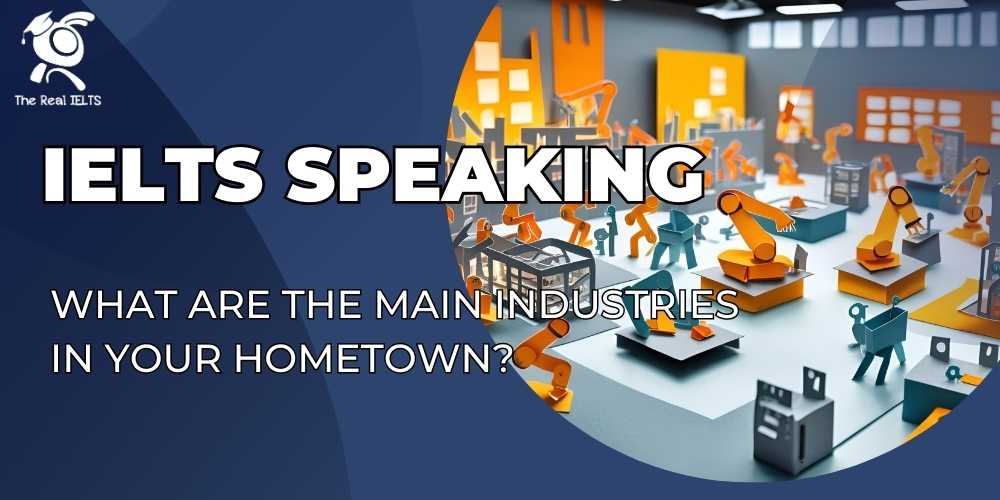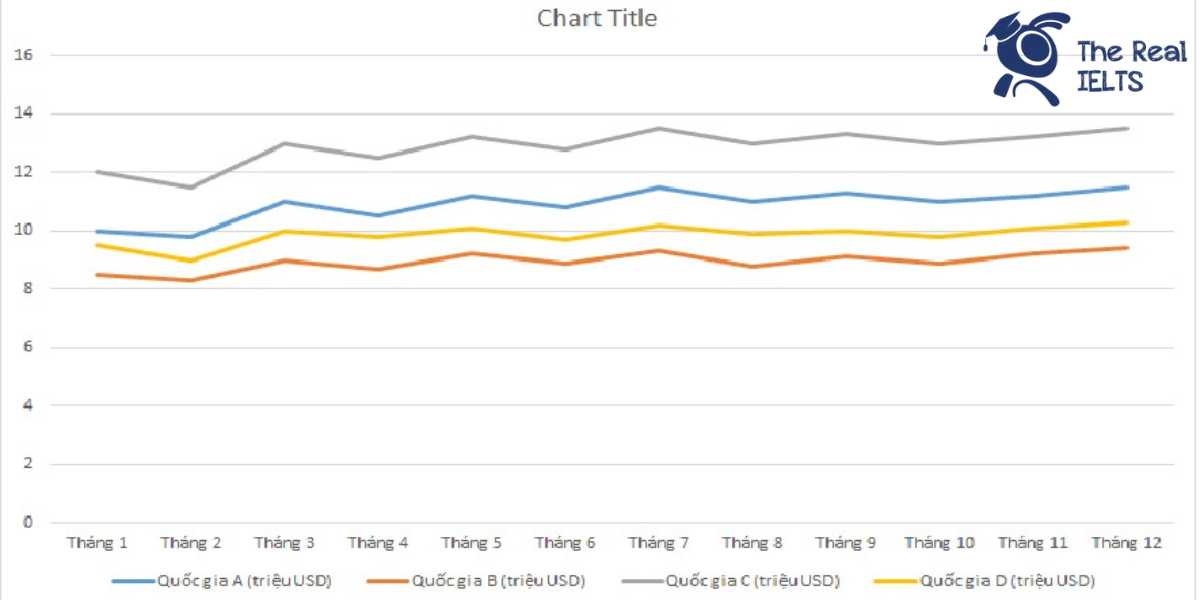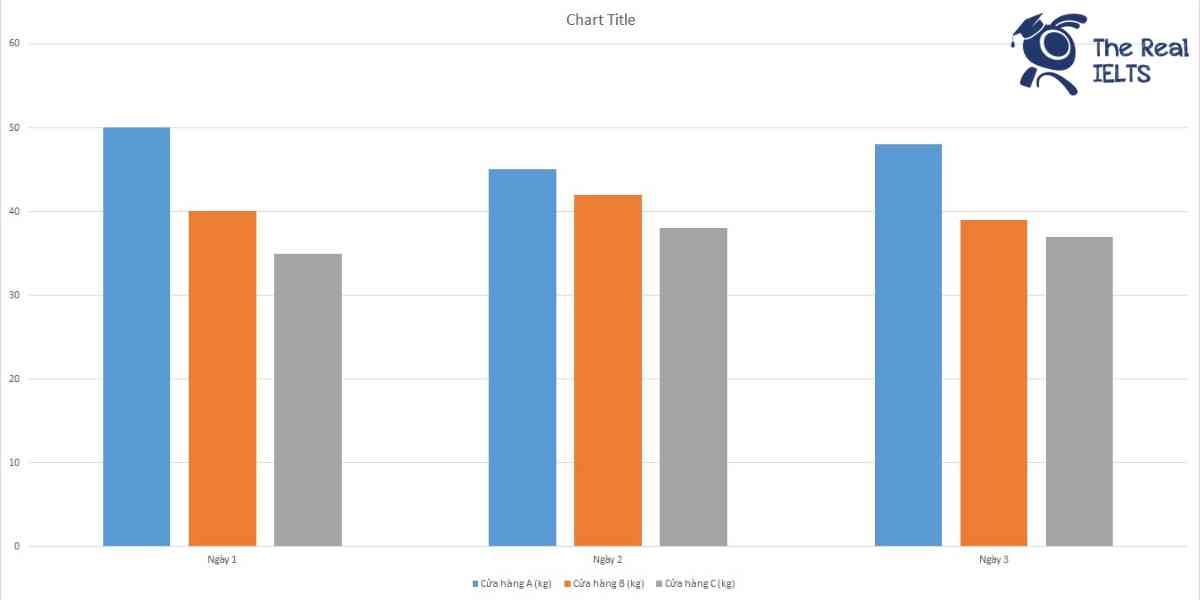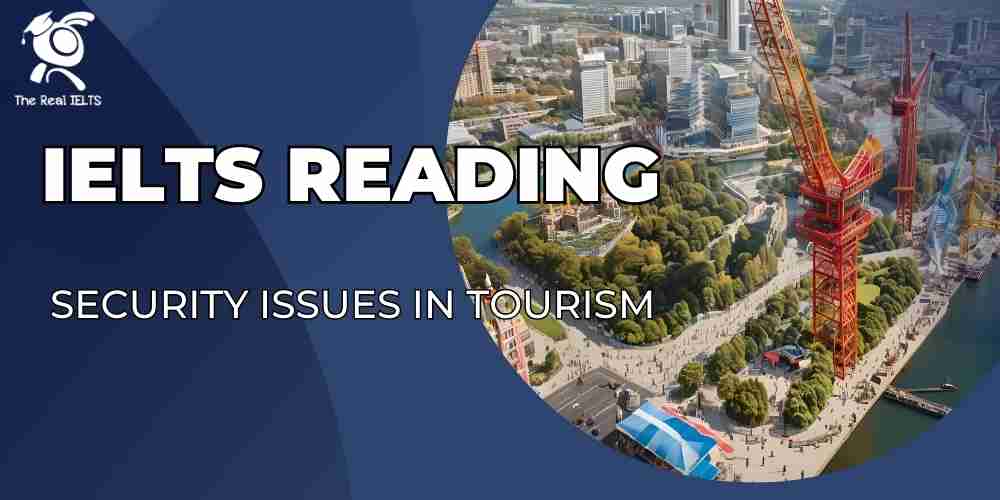Bài viết này sẽ giúp bạn trả lời câu hỏi “What are the main industries in your hometown?” trong phần thi IELTS Speaking. Tìm hiểu cách mô tả các ngành chính, từ truyền thống như nông nghiệp, thủ công mỹ nghệ đến công nghiệp hiện đại, với từ vựng và ý tưởng đa dạng.
Đọc thêm các bài luyện thi IELTS khác.
Đọc thêm câu hỏi khác tại: IELTS Speaking Part 1: Introduction and Interview chủ đề Your hometown.
Đọc lại câu trả lời cho câu hỏi: IELTS Speaking: Do you think your hometown is a good place to live? Why or why not?
Câu trả lời IELTS Speaking: What are the main industries in your hometown?
Câu trả lời 1
Introduction:
In my hometown, Hanoi, the main industries play a vital role in shaping its identity and economy. Being the capital city of Vietnam, Hanoi is not just a cultural and historical hub but also an economic powerhouse. The industries here reflect the blend of tradition and modernization, which is one of the reasons I find this city so fascinating.
Geographical Description:
Hanoi is strategically located in northern Vietnam, making it a central point for commerce and trade. The city is bordered by the Red River, which has historically been an important route for transporting goods. This geographical advantage has made Hanoi a natural center for various industries to flourish, from agriculture in its outskirts to modern services in the urban districts.
Cultural Aspects:
The industries in Hanoi are closely tied to its cultural heritage. For example, the traditional craft villages surrounding Hanoi are a testament to its rich artisan culture. Villages like Bat Trang, famous for pottery, and Dong Ho, known for its traditional woodblock prints, showcase how cultural craftsmanship contributes to the local economy. These crafts are not only sold locally but are also exported worldwide, spreading the cultural legacy of Hanoi.
Historical Background:
Historically, Hanoi has always been an economic hub. During the French colonial period, the city was a center for trade and manufacturing, which laid the foundation for its current industrial structure. The old trading quarters, such as Hang Bac (Silver Street) and Hang Bong (Cotton Street), are reminders of Hanoi’s bustling trade history. These areas now blend traditional commerce with modern business practices, contributing to the city’s unique charm.
Economic Activities:
The primary industries in Hanoi today include manufacturing, tourism, and services. Manufacturing, particularly in electronics and textiles, is a significant contributor to the economy. Many industrial parks on the outskirts of the city, like Thang Long Industrial Park, house factories producing goods for both domestic consumption and export.
Tourism is another thriving industry in Hanoi, driven by its historical landmarks, cultural sites, and culinary experiences. Places like the Temple of Literature, Hoan Kiem Lake, and the Old Quarter attract millions of visitors annually, creating jobs in hospitality, retail, and transportation.
The service sector, including finance, education, and technology, is rapidly expanding. As the political and educational center of Vietnam, Hanoi is home to numerous universities, research institutions, and multinational companies, making it a hotspot for knowledge-based industries.
Personal Connection:
Personally, I’ve seen how these industries shape the lives of people around me. For instance, my aunt works in the tourism sector as a tour guide, and she often shares fascinating stories about meeting people from all over the world. Meanwhile, one of my close friends is employed in an IT company, which highlights how the tech industry is creating opportunities for the younger generation in Hanoi.
Growing up, I also loved visiting craft villages with my family, where I could see artisans meticulously creating their works. These experiences made me appreciate how local industries preserve and promote Hanoi’s cultural heritage.
Conclusion:
In summary, the main industries in my hometown—manufacturing, tourism, and services—not only contribute to its economic growth but also enhance its cultural and historical identity. What I love most about Hanoi is how its industries manage to balance tradition and modernity, providing opportunities for its residents while preserving its unique charm.
Câu trả lời 2
Introduction:
In my hometown of Da Nang, located in central Vietnam, the main industries are a reflection of its natural beauty and strategic location. Known for its stunning beaches, picturesque mountains, and dynamic economy, Da Nang has become a vibrant city with diverse industrial activities. These industries are not just economic drivers but also a key part of the city’s identity.
Geographical Description:
Da Nang is perfectly positioned along the central coastline of Vietnam, with the East Sea on one side and the Truong Son Mountain Range on the other. This geography makes the city an ideal location for industries like tourism, maritime trade, and agriculture. The Han River runs through the city, providing a scenic backdrop as well as a vital transportation route for goods.
Cultural Aspects:
The city’s culture heavily influences its industries, particularly tourism and hospitality. Da Nang is famous for its warm and welcoming locals, who contribute to the city’s reputation as a top tourist destination. Festivals like the Da Nang International Fireworks Festival and cultural celebrations during Tet also play a significant role in boosting tourism, creating seasonal jobs for many residents.
Historical Background:
Historically, Da Nang has been a vital port city. During the French colonial era, it was an important trading post and gateway to the central region. Over time, it evolved from a small port town into a bustling economic hub. The city’s historical sites, such as the Cham Museum and Marble Mountains, have also become integral to its tourism industry, blending historical significance with economic activity.
Economic Activities:
Tourism is undeniably the backbone of Da Nang’s economy. The city attracts millions of visitors each year with its world-class beaches like My Khe and Non Nuoc, as well as nearby landmarks like Hoi An and Ba Na Hills. The hospitality industry thrives here, with countless hotels, restaurants, and travel agencies providing services to both domestic and international tourists.
In addition to tourism, Da Nang has a growing manufacturing sector, especially in electronics and textiles. The city’s industrial zones, such as Hoa Khanh and Da Nang Hi-Tech Park, are home to factories producing goods for export. These facilities create thousands of jobs and contribute significantly to the local economy.
Another important industry is maritime trade, as Da Nang’s deep-water port is one of the largest in Vietnam. It facilitates the import and export of goods, connecting the central region with international markets. The fishing industry also remains a traditional livelihood for many coastal communities.
Personal Connection:
For me, what makes these industries special is how they shape daily life in Da Nang. I remember spending weekends at the beach with my family, where we would enjoy fresh seafood caught by local fishermen. My uncle works at the Da Nang Port, and he often shares stories about how the port connects our city to the rest of the world.
Tourism has also given me many opportunities to meet people from different cultures. While studying, I used to work part-time at a small café near the beach, where I interacted with travelers and learned a lot about their perspectives. It was an eye-opening experience that deepened my appreciation for my hometown.
Conclusion:
In conclusion, the main industries in Da Nang—tourism, manufacturing, and maritime trade—not only drive economic growth but also contribute to the city’s dynamic and vibrant character. What I love most is how these industries are deeply intertwined with the city’s natural beauty and cultural heritage, making Da Nang a truly unique place to live and work.















